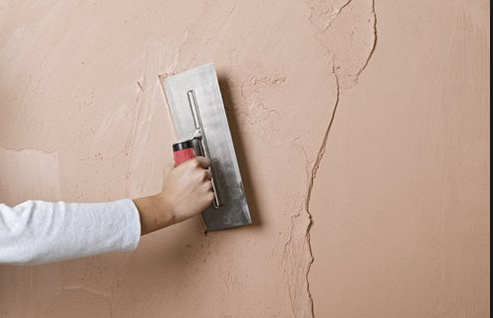Decorative Plastering: Include Distinct Touches to Your Home's Inside
Decorative Plastering: Include Distinct Touches to Your Home's Inside
Blog Article
A Comprehensive Overview to Mastering Plastering Skills for Your Renovation Demands

Vital Devices and Materials
Numerous important devices serve distinctive purposes, making certain performance and accuracy throughout the smudging process. A top notch trowel, for circumstances, is vital for using and smoothing plaster, while a hawk supplies a steady platform for holding the product.
In enhancement to devices, picking the right plastering products is vital. Gypsum-based plasters are typically preferred for their convenience and ease of usage, while cement-based choices are optimal for outside applications because of their sturdiness. Water and bonding representatives play substantial roles in accomplishing correct consistency and attachment, guaranteeing that the plaster adheres properly to the surface area.
Moreover, safety gear such as masks, handwear covers, and goggles is vital to protect versus dirt and inflammation during the application procedure. By constructing the right combination of devices and products, plasterers can enhance their capability and produce high-quality coatings, inevitably boosting the total craftsmanship of their work.
Preparing Surface Areas for Plastering
Attaining a smooth and durable plaster coating starts with meticulous prep work of the surface areas to be glued. This fundamental action is important to ensuring bond and the longevity of the plaster. Begin by assessing the problem of the substrate-- whether it is concrete, drywall, or stonework-- removing any kind of loosened paint, dirt, or debris that might disrupt bonding.
Following, fix any kind of imperfections such as splits or holes. Make use of an appropriate filler to attain a degree surface; this can be crucial for preventing future issues. When repaired, guarantee the surface is completely dry and tidy, as wetness can endanger plaster adherence.
For permeable surfaces, it is recommended to use a bonding agent. This item improves bond and develops a dependable user interface between the plaster and substratum. If dealing with previously plastered surfaces, it may be essential to scuff or sand the area gently to provide a trick for the brand-new plaster layer.
Plastering Strategies and Tips
Grasping plastering methods needs both skill and method to attain a flawless finish. One necessary method is the application of the plaster in several thin layers, rather than a solitary thick coat.
When applying the surface layer, employ a shoveling technique that entails holding the trowel at a minor angle and operating in a circular activity. This assists to develop a smooth surface and lowers the look of trowel marks. Furthermore, maintain a spray container of water helpful to mist the surface gently; this maintains the plaster practical and permits smoother completing.
Timing is vital; work efficiently, as the plaster begins to set. Once the plaster has actually tightened yet is still wet, utilize a moist sponge to delicately smooth the surface area even more. Lastly, allow ample drying see this site out time prior to sanding or painting, ensuring your hard work causes an expert, high-grade surface.
Usual Errors to Stay Clear Of

Another typical mistake is applying plaster also thickly. Overzealous applications can cause breaking and long term drying out times. It's vital to apply plaster in slim, even layers, enabling each layer to dry effectively prior to adding a lot more.
Additionally, not utilizing the right tools can impede the quality of the surface. Utilizing inappropriate trowels or mixers can develop disparities in the plastering over here process. Always opt for high-quality devices developed for plastering tasks.
Last but not least, several people take too lightly the value of timing. Operating in improper temperature levels or humidity degrees can negatively impact plaster curing and drying out. It is suggested to inspect weather condition problems and adapt your routine accordingly.
Ending Up Touches for an Expert Appearance
The final stages of a gluing task are crucial for achieving a refined, expert appearance. When the plaster has dried sufficiently, the following action is to assess the surface for imperfections.
After sanding, it's recommended to clean the surface area to eliminate any dust and particles. A wet towel is efficient for this objective, adhered to by a complete drying duration. If needed, applying a thin layer of ending up plaster can improve the surface even more, giving a smooth coating.
Once the completing plaster is completely dry, another round of fining sand might be required to attain the desired smoothness. Lastly, think about applying a primer prior to painting or wallpapering, which will enhance bond and longevity.
Verdict
Grasping gluing abilities dramatically boosts the quality of restoration jobs. A comprehensive understanding of crucial devices, surface preparation, and effective methods best site is vital for accomplishing specialist results.
Water and bonding agents play considerable functions in attaining proper uniformity and adhesion, making sure that the plaster adheres efficiently to the surface. Plastering.


Additionally, keep a spray container of water useful to mist the surface gently; this maintains the plaster practical and allows for smoother finishing. (Plastering)
If required, using a slim layer of completing plaster can boost the surface area even more, providing a smooth coating.
Report this page